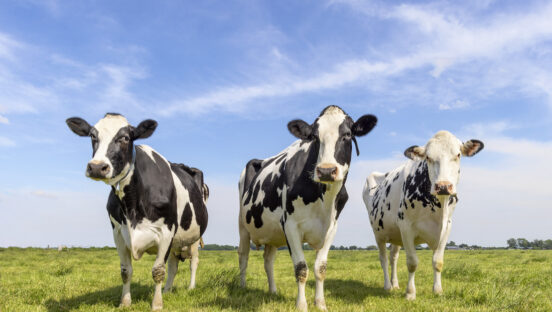There are only 100 worldwide master instructors from the Scuola Italiana Pizzaioli in Venice, Italy. Chef Leo Spizzirri is one of them. So when Spizzirri, who has made pizzas for celebrities like Johnny Depp, Ludacris and Justin Timberlake, offered to share his methods for matching the appropriate flour protein to the expected fermentation time of pizza dough, we weren’t about to turn him down.
Here’s what Chef Spizzirri told us:
Selecting the right flour is critical to the final textural attributes of the pizza. Generally speaking, the shorter amount of maturation time between mixing and baking the dough, the lighter the flour should be. In most cases, a dough with a total maturation of 24 hours, for example, should contain a protein percentage of no more than 12% to 12.5%. As the maturation time increases, so will the protein.
Related: How to ensure peak performance of your yeast
As a common rule, you can use the following guidelines for doughs:
12 hours: 10.5% to 11% protein
12 to 24 hours: 11.5% to 12.5% protein
24 to 48 hours: 12.5% to 13% protein
48 to 72 hours: 13% to 14% protein
72 hours or more: 14% or more
As the dough matures, it is important to remember that the strength of the flour affects more than just the structural attributes of the dough; it also affects the amount of color the final baked pizza will get. Using a flour that is too weak for the process will show signs of gumminess in the crumb and look white on the exterior.
Selecting a flour with too much strength will cause the exterior of the pizza to appear dark-brown or even burnt, sometimes before the crumb has a chance to finish baking properly and releasing its moisture or humidity. A heavy flour for the process will also be difficult to stretch and will seem dense or heavy after baking.













